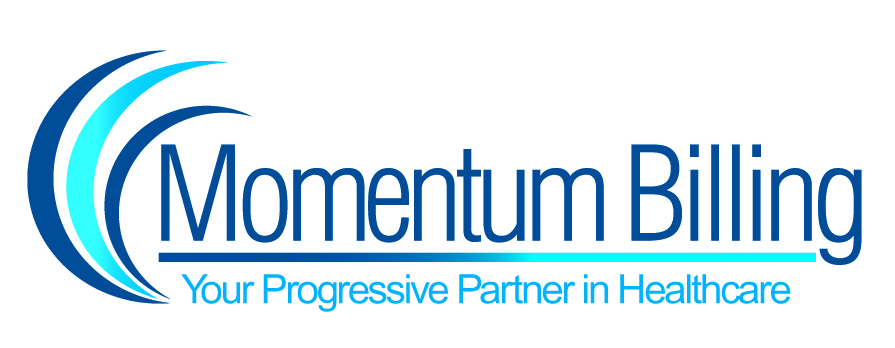Today’s Physical Therapy practice owners face a challenging world of payer consolidations, declining reimbursements, payment bundling and increased administrative and reporting requirements. The concept of data-driven and metric-driven companies is certainly not new but it is rarely applied to small businesses. It should be. In order to achieve operational and financial success, a business owner or manager must understand the key levers driving their business. For PT practices, these levers include generating new patients and visits, proper staffing levels to deliver superb patient care, compliant documentation, timely medical billing and follow up, and scrutiny of daily, weekly and monthly results. While there are a variety of metrics a PT practice should track, arguably none are more important to demonstrating the overall health of a practice than Days in Accounts Receivable (DAR).
Days in AR is a simple but powerful metric that tells you how you are doing in managing key operational and billing pieces of your practice. The lower the number, the better. It tells you how many days of charges are tied up in “inventory” which for a PT practice is visits, or said differently, how many days, on average, it takes to convert a visit into cash. Here is a list of operational/billing issues that negatively manifest themselves in DAR:
– Delays in inputting new patient registrations, or not providing complete registration information (demo’s, insurance verification, authorizations, copy of insurance card, etc)
– Delays in finalizing notes if using an EHR tied to charges
– Delays in billing out charges
– Payer denial issues outside of the normal 3-5%
– Not following up on unpaid claims or resolving known denials in a timely manner
– Not sending out patient statements regularly to collect patient portions
– Delays in reporting payments if using an outside billing service.
As you can see, this is a fairly extensive list of issues that can severely limit or impact cash flow for a practice. Managing DAR at or below industry benchmarks is vitally important to today’s PT practice. And speaking of benchmarks, depending on mix, a healthy PT practice should have DAR below 40 days according to the MGMA and to Chuck Felder’s of HCS Consulting annual benchmarking study. I mention mix because there is one factor that will increase DAR regardless of how well you manage the operational items listed above: your percentage of Workcomp visits (or similar payment cycle payers such as HMO’s or managed care contracts). All else being equal, the higher your mix of Workcomp, the higher your DAR because those payers take 30 to 60+ days to pay versus the standard 7 to 21 days for Medicare and PPO payers. A healthy practice with no more than 10% Workcomp and a robust billing solution should be running below 30 DAR in today’s electronic billing and payment environment.
So how does one calculate DAR? The calculation itself is very straightforward: take your net accounts receivable divided by 3 month’s average charges times 30.4. E.g. $100,000 / ($225,000/3) * 30.4 = 41. You can also quickly and roughly estimate DAR by comparing your net accounts receivable to charges at the end of any given month. If the two are close to being equal, then you have about one month’s charges in accounts receivable, or 30 days. If net accounts receivable is double your charges, then you have about two months charges in accounts receivable, or 60 days, etc.
Calculating, monitoring and using DAR as a metric is an important part of improving the overall financial and operational health of your practice, but the real power in the metric is peeling back the onion, if you will, to determine what issues are driving the value you calculate. For questions about this article or similar topics, please contact Monty Miller from Momentum Billing at (858) 724-1510.
